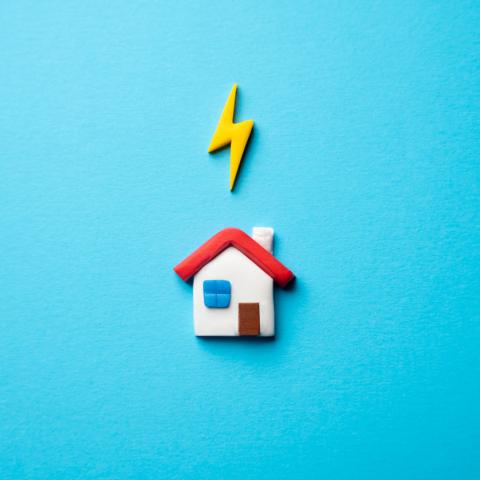Letter from... Sydney

By Jodie Brough, Partner & Office Head, Newgate Sydney
Since the last letter from Sydney, gorgeous autumn has given way to winter. What have we learned during the season of the virus? We can thank the natural protection against pestilence afforded by our gigantic moat, otherwise known as the Indian and Pacific Oceans.
For once, Australia’s splendid isolation has worked in our favour. The virus was about a month slower than the rest of the world in reaching our shores. That extra time was like gold dust because it enabled the Government to act early enough to close the borders. This was a critical strategic move, one which would not have been possible to enact in many other parts of the world. The extra time also allowed the public health system, which is now enjoying extraordinary levels of public confidence, to get ready.
Since January there have been 7,079 confirmed cases of coronavirus and 100 deaths. Some 6,444 people have recovered. Our Chief Medical Officer Professor Brendan Murphy, an unlikely TV star who has been welcomed into Australian homes on a nightly basis, has estimated some two-thirds of cases in Australia were returning travellers.
Community transmission, meanwhile, has been stemmed in recent weeks as Australians have largely obeyed Government directives to go home and stay there as much as possible. National concurrence that we should all do as we are told means new cases have slowed to a trickle. As a colleague observed, Australians have proven themselves to be a very compliant bunch who believe in big government at heart.
For now, most of Australia is still at home in self-imposed isolation. That includes the Newgate team which has been learning to love Zoom. However, children are returning to schools after many weeks of home schooling that has driven many parents to the edge of sanity. The roads, previously empty, are filling up again. State borders are still closed but it’s now OK to visit family and friends. Government is cautiously encouraging tourism to support regional areas ravaged by the almost forgotten bushfires.
Perhaps an important factor was the decision not shut down the economy completely. People could still stay sane by going to the hardware shop, sparking a boom in home improvement projects.
There is great wariness that Australia should not squander the gains it has made. Australians have got used to living and working at home and seem in no hurry to rush back to workplaces. People worry we could trigger a second peak if we try to rush back to semi-normal too fast. There is also a strong sense that for many of us, work practices are never going to be quite the same. Thanks to the live drill of the past few months, we know working from home is a viable way to do business. People are making mental lists of what, as a result of this crisis, they want to do differently in future.
Government, meanwhile, faces a major challenge getting the economy up and running again. So far, the crisis has been handled well and the level of national consensus here is quite extraordinary. We are glad to have our health. The way ahead, however, looks more precarious.
A $320 billion Government stimulus package is propping up the economy, paying the dole for people thrown out of work and underwriting of thousands of private sector salaries as well. The money tap is expected to be turned off in a couple of months, when some predict unemployment will have reached 11 per cent. Having been the Lucky Country for so long, with an unbroken 30-year period of economic growth, what will we learn about ourselves from recession? There are some slivers of optimism: you hear many amazing stories of how people have innovated to survive, changing their business models completely or retooling their factories to produce much-needed health supplies. We will need that spirit to fire us up.








